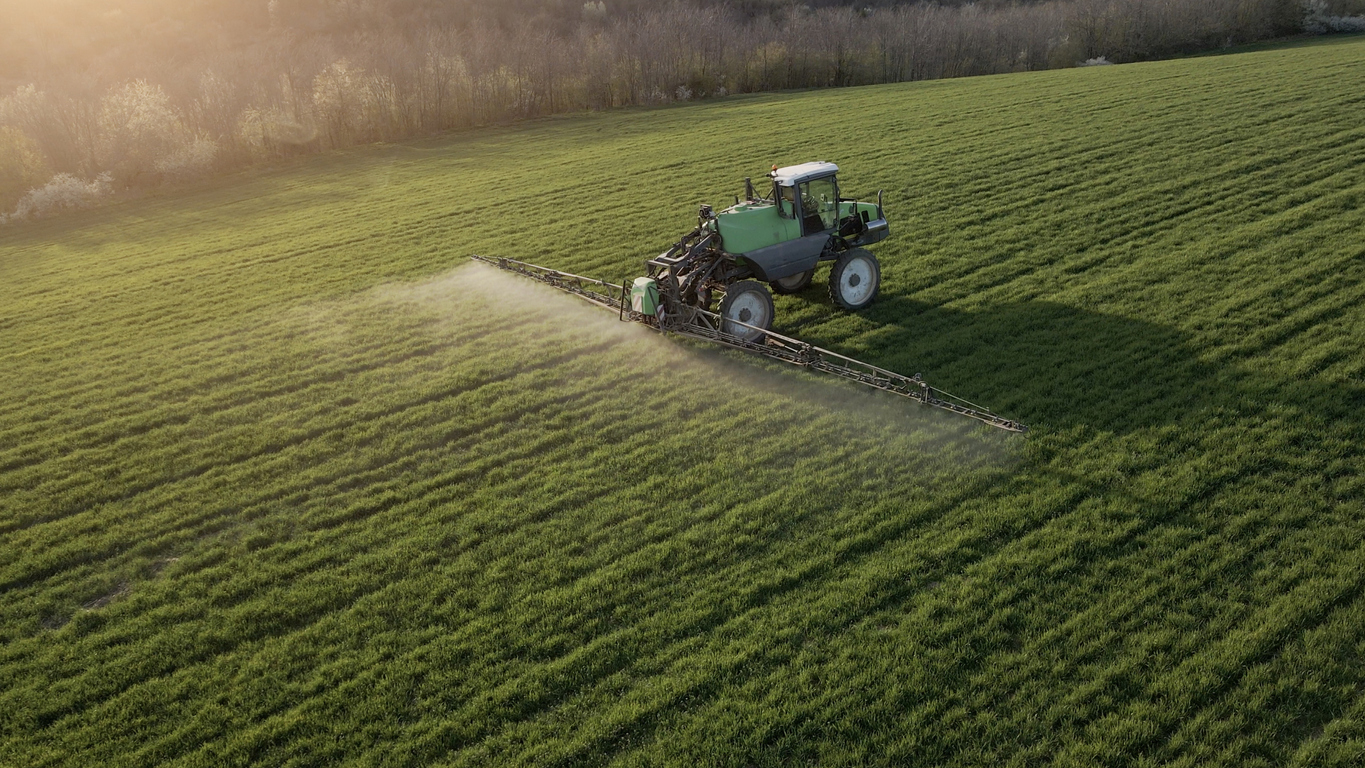Promoting Beneficial Insects
There are numerous beneficial insect species in the USA including 91,000 species of beetles (Order:Coleoptera), and many Hymenoptera or species of wasp (4,000), bees (4,000), and ants (1,000). Other beneficials include flies (5,500, Diptera), true bugs (3,800, Hemiptera), spiders (3,000, Arachnids) and earwigs (Dermaptera). Beneficials include immature ground beetles and lightning bugs, which consume soil insects and weed seed. The world insect population has declined 75% since the 1970’s, due to the overuse of insecticides, especially neonicotinoids seed treatments. Beneficial insects also pollinate USA agricultural crops worth an estimated $5 billion dollars per year and are predators to many harmful insects.
There are three major ways to fight harmful insects: chemical insecticides, good plant nutrition from soil health, and by promoting insect predators. Insecticides generally kill everything including the beneficial insects that reduce harmful insect populations. Neonicotinoids (Cruiser, Poncho, Gaucho) seed treatments are deadly to good predator insects which have much lower reproductive rates than the harmful insects. One kernel of insecticide treated corn dust could potentially kill a hive of bees (80,000 bees). Neonicotinoids are deadly to ground beetles (Carabid) which only lay 10-20 eggs per year but may consume their weight daily in harmful insects, slug eggs, and weed seed. It may take 3-5 years for beneficial predator insect populations to recover once their habitat and population have been destroyed. Insect resistance becomes a problem as the harmful insects adapt to the chemicals and insecticides may also be harmful to human health.
A second way to fight harmful insects is to improve plant nutrition and soil health. Healthy plants are seldom attacked by insects. Research shows that incomplete photosynthesis and incomplete protein synthesis leads to higher nitrates levels in plant sap. Insects can sense unhealthy plants and high nitrates, so they attack the plant. Insects cannot digest whole proteins, so they avoid these plants. Soil health improves plant nutrition resulting in complete protein synthesis which decreases or at least deters harmful insect feeding.
The third way to decrease harmful insect populations is to restore balance by increasing beneficial insect predators. Dr. Dwayne Beck in South Dakota proved this point. For ten years he did not apply any insecticides to corn in an area infested by corn root worm. When South Dakota entomologist investigated, they found that Dr. Becks fields had very little corn root worm damage because these corn fields had an estimated 1 billion insect predators per acre. Corn root worms are not very tasty, but apparently, when beneficial insect predators get hungry, they will eat anything!
Pollinating cover crops provide food, shelter, and habitat to help beneficial insects thrive. To maintain healthy beneficial insect populations, many beneficial species require a pollinating food source during one of their growth stages. Small fields surrounded by natural vegetation offer refuge and extra food. Diverse crops with small open diverse flowers promote predators. Soils high in crop residue (mulch) and biological activity offer winter refuge and food for predators. Undisturbed soil and large chunks of residue insulate them from cold weather. Other natural tactics might include mowing every other cover crop row or raising the mowing height to create a diversity of plant height and food sources. Of course, minimizing the use of insecticides and fungicides greatly increases beneficial insect populations.
Promoting nectar in early spring, mid-summer, and late fall provides a constant source of pollen for beneficials to complete their life cycle. In early spring, dandelions and henbit are natural sources of pollen. In mid-summer: buckwheat, sunflower, and flowering legumes: crimson or Balansa clover, sweet clover, hairy vetch, red clover, and alfalfa are good pollen sources. In late fall: wild carrot (Queen Ann’s Lace), and goldenrod are natural sources of pollen. Ecosystems with more diversity are more stable, Resistant to change, and are more Resilient! (Atierie et al, 2005). Recent research shows that pollinators increased soybean yields 10-40% in Australia and up to 50% in Brazil. Soybeans are self-pollinating but beneficial insect pollinators increased soybean pod set, resulting in higher yields. Preliminary ongoing research in Ohio shows a 10% increase in soybean yields the first year but it may take 3-5 five years to fully recover beneficial insect populations. Planting pollinator plant species in 15 to 30- foot permanent strips may be necessary, due to the problem with chemical drift. Keeping soils undisturbed, having adequate above ground crop residue, promoting pollinating plants, and creating crop diversity are all sound soil health principles that promote many beneficial insect species.
